Overseas Interventions by the United States: part two
Chile, Philippines and Iran
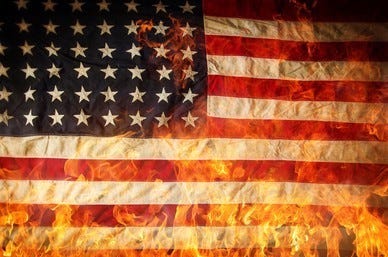
Part two of this series will deal with the United States’ interventions in Chile, the Philippines and Iran. A variety of influences, state and non-state, are at work and on display in these operations. America’s exploits in Chile and Iran were seen as textbook, covert interventions by the CIA and are relatively well known but their involvement in the Philippines should not be forgotten either.
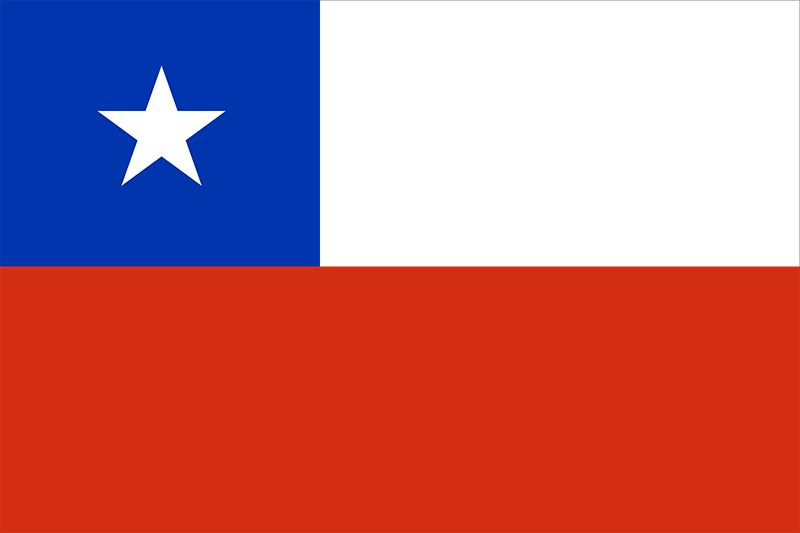
Chile
The United States has a long history of interfering in the political affairs of Chile and undermining democracy there. Augusto Pinochet was brutal dictator who, with American backing, imposed military rule on Chile after the democratically elected leader Salvador Allende was removed in a violent coup that the CIA helped plan. The CIA had been interfering in Chilean politics since 1958, when they helped Eduardo Frei defeat Allende in the presidential election. When Allende eventually came to power the United States did all it could to destabilise Chile both politically and economically. Under the leadership of Salvador Allende, the World Bank suspended loans and assistance to Chile between 1970 and 1973 but resumed lending during the dictatorship of Pinochet despite the tyrant’s violent military rule. It is believed by many that this is largely down to the fact that, upon assuming office, Allende nationalised all the copper mines and the operations of ITT.[1] Chile received almost $100 million in World Bank loans in the five years before Salvador Allende was elected and before nationalisation of the copper mines. Allende’s intentions were part of a broader decolonisation effort by the Chilean leader to remove American interference in its political and economic affairs. U.S. investment in Chile’s copper industry was highly profitable with U.S. companies investing $1 billion over a 50-year period which yielded $7.2 billion in profits.[2] Initially, the World Bank was at odds with Washington’s proposals but eventually they caved in. The United States had been interfering in Chilean elections for at least a decade before the 1973 coup with millions of dollars allocated to covert operations in Chile’s elections. During the coup, Allende ended up taking his own life before the military could reach him as Chilean armed forces relentlessly bombed the presidential palace.
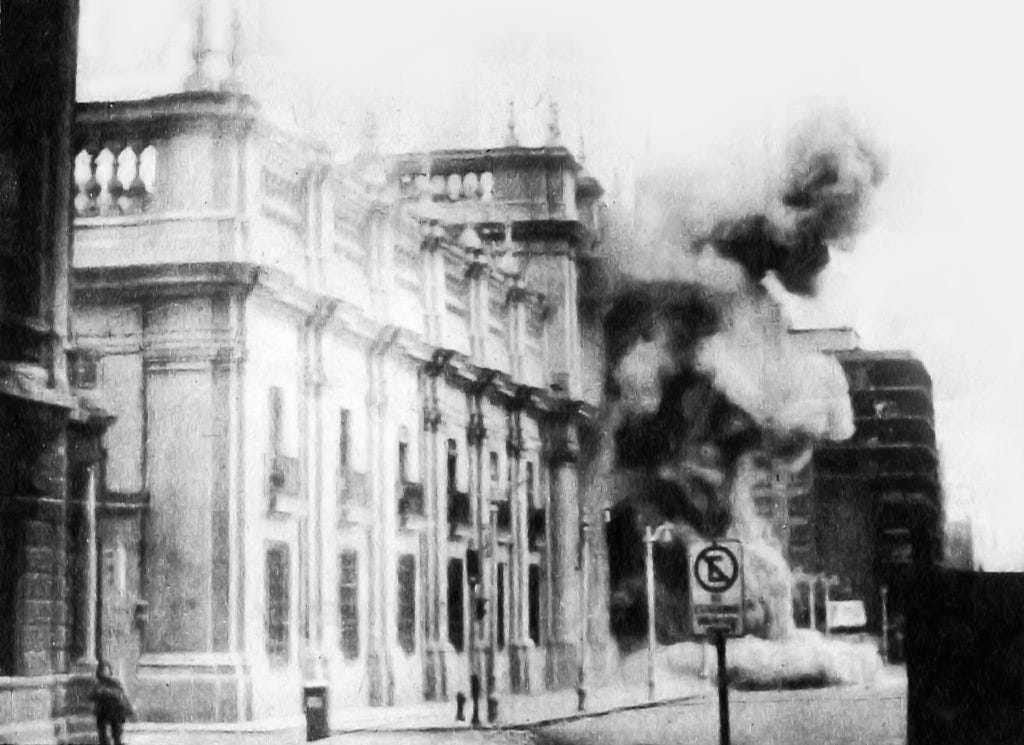
Following this, Augusto Pinochet came to power, and World Bank assistance resumed after the general agreed to the redevelopment of the nation’s copper mines. The CIA actively assisted and supported the violent coup by Pinochet, tactics used by the CIA included trying to bribe the Chilean legislature and funding organised strikes and protests as well as targeted propaganda campaigns. A 1975 senate investigation into U.S. intervention in Chile found that the CIA provided extensive training to the Pinochet regime in torture, interrogation, and subversion.[3] The CIA used the ITT corporation, which had a 70 percent controlling stake in Chitelco (the Chilean telephone company), as a channel through which Washington could financially assist the opponents of Allende.
A number of American companies with interests in Chile did not want to see Allende come to power, these include ITT and the copper mining companies Kennecott and Anaconda.[4] PepsiCo is another corporation with interests in Chile, its chairman, Donald Kendall, even made two phone calls to President Nixon, he was worried that PepsiCo’s market share in Chile may be jeopardised.[5] David Rockefeller’s Business Group for Latin America, who represented the mining giants, offered $500,000 to buy influence with Chilean congressmen to reject confirmation of Allende’s victory. ITT offered $1 million to support the effort to undermine Allende’s government as well.[6] The World Bank carried on lending to the Pinochet regime despite widespread use of violence and torture by the dictator, the suspension of civil liberties and numerous human rights violations as well.[7] It is estimated that around 140,000 people affiliated with Allende were kidnapped, famously the national football stadium was used as torture centre and the Caravan of Death, a Chilean army death squad, was notorious for its tactics of violence and terror towards anyone who opposed Pinochet. Upon taking power, Augusto Pinochet dissolved Chile’s Congress, dismantled democratic institutions, abolished elections, made strikes illegal and broke up Chile’s largest union, the Central Unitaria de Trabajadores as well as removing tariffs and price controls that had protected Chilean manufacturers for decades.[8] According to the Washington Post, it is believed that Pinochet murdered well over 3,000 political opponents and dissenters.[9] As part of Operation Condor, the U.S. carried on funding and assisting the Pinochet regime. Orlando Letelier, a vocal opponent of Pinochet, was assassinated in a car bomb in Washington D.C.
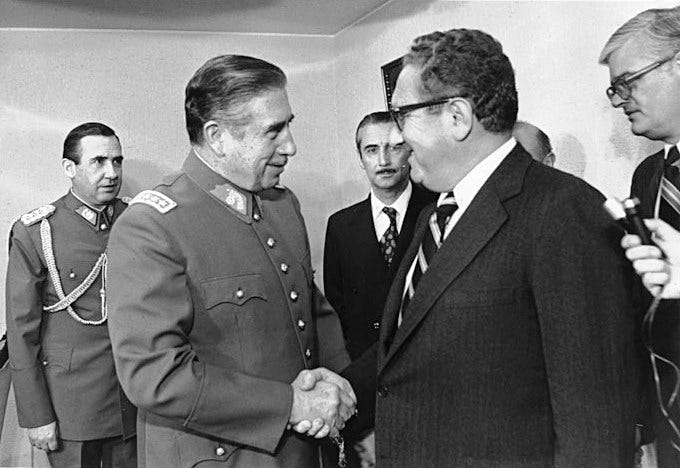
Pinochet ended up maintaining state control over the copper mines, however he did go on to privatise almost every other industry, opening up the country to international firms for exploration after which American conglomerates Getty Oil and General Electric moved in.[10] World Bank assistance to Chile resumed in 1974, after the coup that installed General Pinochet, since then a variety of loans were granted for infrastructure and agricultural projects; ranging from highway and road redevelopment to hydroelectric plants and, yes, for copper mines. The biggest loans were for structural adjustment programmes (basically, refinancing) in the wake of the Latin American debt crisis. The World Bank and other multilateral institutions had no qualms about lending to the despotic Pinochet regime despite a long list of violence, terror and human rights violations against his own people. The military dictatorship of Pinochet finally ended in 1990 with the election of Patricio Aylwin.
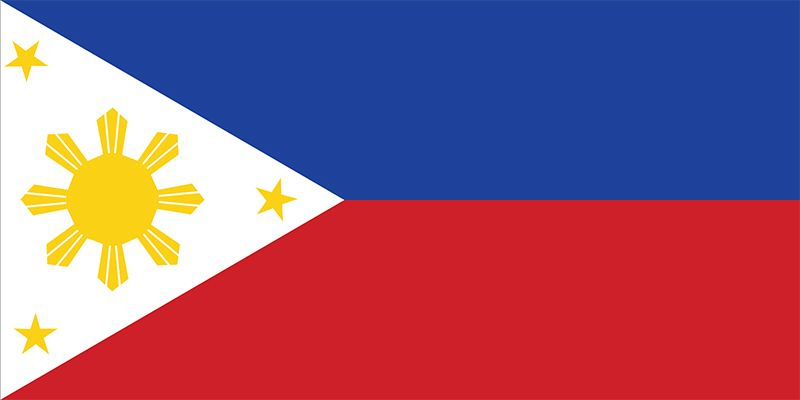
Philippines
The United States has a long history with the Philippines that stretches back to the end of the 19th century when America acquired the Philippines after defeating Spain in the Spanish-American War in 1898. Owing to its location in the Pacific and the fact that numerous American military bases were located on the archipelago, Robert McNamara argued that the Philippines was of immense geostrategic importance and needed to be brought further into America’s domain; it is within easy access of Taiwan, Korea, Vietnam and Japan, all countries where the U.S. had a variety of interests. The U.S. naval base at Subic Bay was of critical importance during the Vietnam War with hundreds of ships visiting the facility every month bringing in 45,000 tons of food, ammunitions, and other supplies as well as 2 million barrels of fuel per month. The Clark Airbase, located in Luzon, became the largest U.S. military air base outside the United States in the post-World War II era. Also, the Philippines contributed over 10,000 troops during the Vietnam War. Losing the Philippines could destabilise its whole military and logistics network in Asia Pacific, as such McNamara felt it was necessary to gain as much leverage over the Philippines as possible regardless of the conditions in the country.[1]
In the middle of the 70s a series of events played out that meant that the United States had to strengthen their military outposts in the Pacific. America’s loss in the Vietnam War and their subsequent withdrawal had far reaching geopolitical consequences; the U.S. now had to fortify their position in South East Asia and that meant increased resolve to keep both the Philippines and Indonesia firmly within their geopolitical orbit. As the Soviet Union strengthened their ties with Vietnam and installed military bases at Cam Ranh Bay and Da Nang, for Washington retaining their remaining bases now became a foreign policy imperative.[2] After the ratification of the petrodollar agreement, the Persian Gulf and the broader Middle East took on a new prominence in global affairs owing to both the petrodollar and because of America’s growing dependency on foreign oil imported from that region. To strengthen their position, the U.S. purchased the Diego Garcia airbase from the British, situated in the middle of the Indian Ocean, between Indo-China and the Middle East, which became operational in 1976, this formed part of a chain of U.S. controlled military facilities stretching from the Persian Gulf to the Sea of Japan that provided easy access to their allies and vital oil tanker supply lines as well. Ultimately, the United States did not want the superpower conflict of the Cold War spilling out further into South East Asia and consolidating their military outposts in the Philippines was of paramount importance because of this.
After World War II, the Philippines had achieved significant economic growth on the back of a tightly managed economy based on strict currency controls and limiting foreign investment. When the World Bank and the IMF came along, however, the Philippines was forced to abandon the economic model that had worked so well for them. Ferdinand Marcos came to power in 1966 and he proved very accommodating to the United States and the twin institutions; by ignoring the state legislature, removing capital controls, and abolishing the debt ceiling. World Bank loans started pouring into the Philippines as a result; between 1973 and 1974 World Bank loans increased from $30 million to $165 million. However, the neoliberal reforms produced a series of unintended consequences leading to substantial deficit spending, a sharply devalued currency and significant capital flight. From 1972, martial law was introduced and Marcos started ruling by decree, he increasingly relied on violence and intimidation to silence his opposition and hold on to power.
IMF and World Bank policies contributed heavily to a declining economy in the Philippines. After the onset of the debt crisis in the early 80s, existing debt repayments soared as a result and the Philippines was trapped in a vicious cycle of borrowing and debt that continues to this day. IMF policy prescriptions basically meant that large amounts of capital (for essential utilities and services) was redirected from the public sector to service existing debts, both poverty and income inequality increased as a consequence and by 1985 the country's total external debt was over $26 billion and by this time 34 percent of the country’s budget was spent on debt servicing.[3]
Marcos was a tyrant and a dictator but the U.S. continued to support him because he ensured that the military bases remained open to the United States. In Washington’s eyes the strategic importance of the bases trumped any qualms the U.S. had with Marcos’ human rights record. Washington was fearful of what would fill the void if Marcos left (Washington wanted to avoid a situation like Iran when the Shah was removed) whilst Marcos had a hands-on approach when it came to dealing with his own country’s communist threat, which the United States greatly appreciated. Between 1979 and 1984 the U.S. provided $500 million in military aid to the Marcos regime.[4] This large build-up of military hardware would be used in flagrant acts of violence and terror by Marcos against his own people turning the Philippines into a highly militarised police state. In total, the U.S. gave $3 billion in aid to the Philippines between 1946 and 1981.[5]
Under Marcos killings, executions, torture, rape, arbitrary arrest and imprisonment, gunfights, kidnapping and disappearances were regular occurrences. Legitimate political protests were violently put down. Most of the police and military units that carried out these acts were trained by the United States. Basic law and order had collapsed in many parts of the country, the police and military acted with virtual impunity and the Philippines succumbed to a level of violence that makes for very uncomfortable reading and research. Countless massacres took place, to such an extent that keeping track of them was challenging indeed. The Sag-od massacre occurred in 1981, 45 civilians were killed by a paramilitary force in the Northern Samar province. The Escalante massacre took place in Escalante, Negros Occidental, paramilitary troops shot and killed 20 demonstrators. The list goes on and on, it is virtually endless. After the Pata Island massacre in February 1981, in which 100 Philippine army officers were killed, violent acts of retaliation reportedly led to the deaths of 3,000 Tausug civilians when the Philippine army and navy indiscriminately shelled the island for two months consecutively.[6] The Sinisa village massacre was a religious massacre that claimed the lives of 68 people after a religious leader gave poisoned food to his followers in a remote village near Davao City in 1985. The communist NPA, government paramilitary groups, Christian radicals, the military, Islamic separatists, and local and regional militias engaged in one violent act after another, as the country became consumed in a virtual cacophony of violence much of which continues to this day.[7]
Rising poverty and inequality, increased militarisation of the country and widespread political corruption came to define the Marcos presidency and in the eyes of the public he had lost almost all legitimacy. After the assassination of Benigno Aquino in 1983, the anti-Marcos movement grew in momentum across the archipelago. Through all of this, corruption and fraud took place on an almost unprecedented scale as well; Marcos plundered and embezzled public funds estimated to be around $5 to $10 billion.[8] Under Marcos, corruption, embezzlement, and economic mismanagement almost bankrupted the country. By 1985, unemployment had risen to 11 percent and during the 1986 election 100 people died in protests and rallies across the country.[9] In the aftermath of that election, with the country on the brink of civil war, U.S. President Ronald Reagan advised Marcos to flee and flee he did, to Hawaii where he would live out the rest of his life.
Many feel that American support was the only reasons that Marcos remained in power for so long. Unbelievably, the World Bank continued lending to the Philippines throughout all of this; in areas such as transportation, irrigation, agriculture, urban development, energy development, textiles and much more. The World Bank’s website itself states that during the 70s alone it supported 53 separate projects in the Philippines.[10]
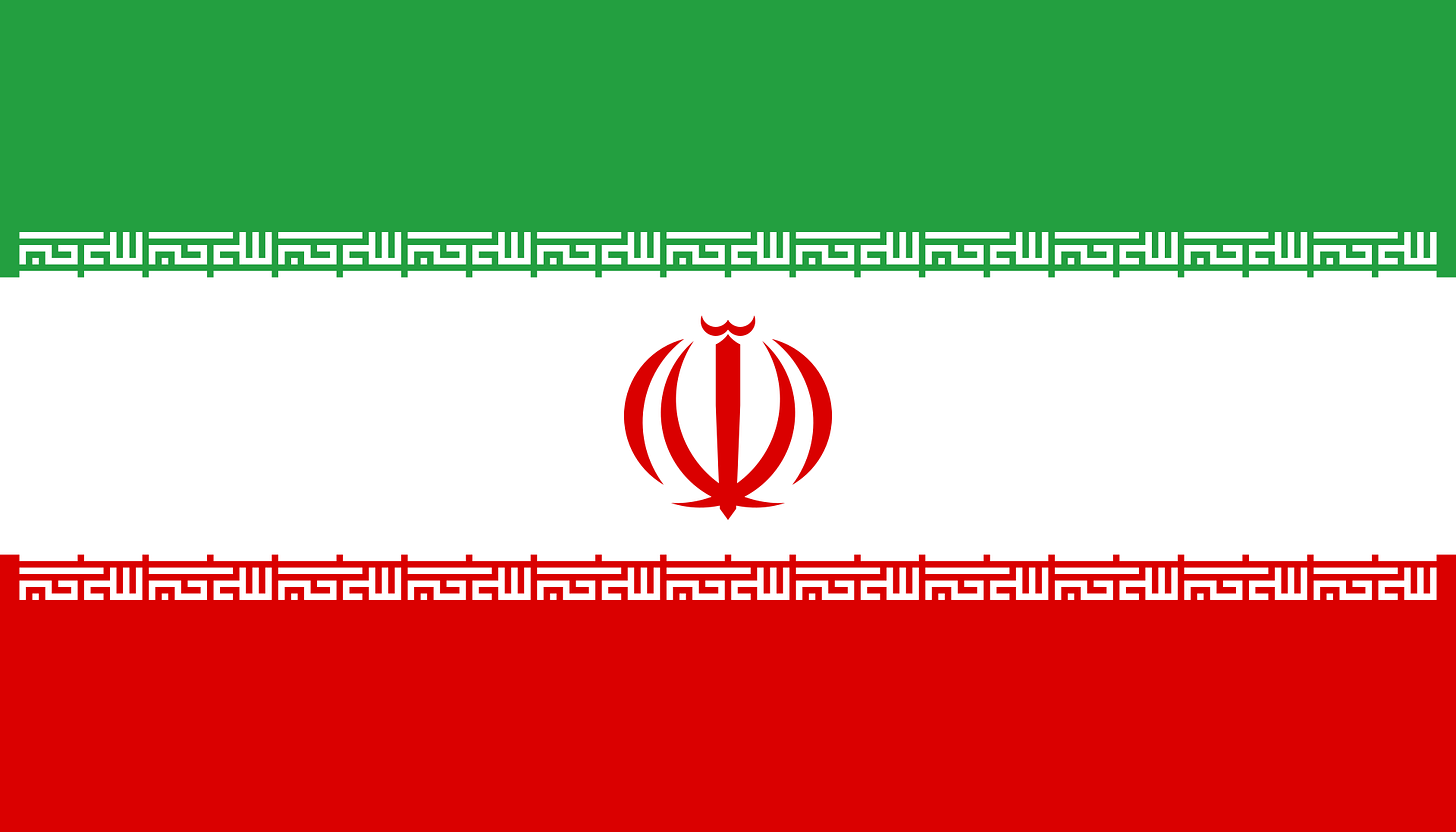
Iran
This piece focuses primarily on U.S. involvement in the 1953 coup of Mohammad Mosaddegh and the aftermath of the coup when the U.S.-backed Mohammad Reza Shah was installed as the leader. Covering the long, drawn-out history that the United States has a with Iran is unfortunately beyond the scope of this article.
There is some dispute as to the reasons behind the United States’ involvement in Iran’s regime change in 1953: was it for oil or was it to prevent a communist uprising from occurring? What cannot be disputed however, was that, for a host of reasons, Iran was of paramount strategic importance; it bordered the Soviet Union, it borders the Caspian Sea (the world’s largest inland source of water [or lake, if you will]), it straddles the Persian Gulf and the vitally important Straits of Hormuz, and had large supplies of oil and gas as well. Mohammad Mosaddegh, Iran’s democratically elected Prime Minister, wanted to nationalise the country’s petroleum industry, he felt that Britain was exploiting Iran by taking 84 percent of the Anglo-Iranian company’s profits, whilst taxing Iran heavily in the process. Iran nationalising its oil industry would have disrupted the entire framework of the international petroleum industry, something Washington did not want as its global oil companies were dominant players in the oil trade and Mosaddegh’s plans would have disrupted America’s goal of dominating the broader Middle East region. For its part, Britain had various strategic imperatives of its own but London and Tehran could not reach an agreement. Britain placed Iran’s oil under an embargo which was backed by international oil companies; this had a severely destabilising effect on Iran and its economy which slowly began to deteriorate. Additionally, the Truman administration was on record expressing their fears that internal instability in Iran could pave the way for well organised Tudeh communist party to assume power. The first attempt at a coup actually failed but the second attempt did not. After infiltrating the Iranian government, the U.S. launched a targeted propaganda campaign against Mosaddegh which consisted of a targeted propaganda campaign, heavy sanctions, organised riots and manufactured protests.[1] The CIA bribed and paid for a coalition of journalists, academics, left-wing intellectuals, members of parliament, opposition groups, and radical Islamic factions against the Shah and his government.[2] Eventually, the British and American axis got their wish and Mosaddegh was removed from office although the ensuing violence claimed the lives of between 200 and 300 people. Mosaddegh and many of his supporters were arrested and imprisoned, some of whom were later executed. He was replaced with the pro-U.S. Mohammad Reza Shah Pahlavi who returned from exile, the Shah immediately abandoned any plans for nationalisation of the country’s oil and granted access to Iran’s rich petroleum resources to a consortium of British, American and European oil companies. American oil conglomerates benefited hugely from this arrangement; previously shut out of the Iranian oil production, five U.S. oil companies accounted for 40 percent of this newly installed consortium.[3] Loans and financial aid from the United States to Iran resumed almost immediately: Washington granted $68 million in emergency aid to Iran, and an additional $1.2 billion over the next decade.[4] This was the first time the United States had removed a hostile government without a full-scale military intervention and the CIA’s tactics were seen as a resounding success as such. Washington had secured access to Iran’s rich oil supply, nullified the internal communist threat, and prevented the Soviets from absorbing a bordering country into their sphere of influence in a region that the U.S. sought to dominate.
The Shah was very close to the United States, he made numerous high-profile state visits to the U.S. which, along with attempts to westernise the country, angered Islamic religious groups in Iran. During the Shah’s reign, Iran and the U.S. were close allies, in stark contrast to their relationship today. The U.S. supported Iran’s nuclear programme, as part of the “Atoms for Peace” initiative, providing Iran with a nuclear reactor and uranium enriched fuel.
The U.S. played an instrumental role in the founding, training, arming, and funding of the Shah’s secret police, called the SAVAK, with whom the CIA worked very closely with. SAVAK acted as a secret police unit, an intelligence agency and domestic and personal security for the Shah, they are accused of using tactics such as violence, torture, interrogation, execution, and violent repression of political opponents. Time magazine described SAVAK as having "long been Iran's most hated and feared institution" which had "tortured and murdered thousands of the Shah's opponents."[5] According to the Federation of American Scientists, SAVAK torture methods included "electric shock, whipping, beating, inserting broken glass and pouring boiling water into the rectum, tying weights to the testicles, and the extraction of teeth and nails."[6] [7] Many of these tactics were developed with the assistance of the CIA.[8] Eventually, under pressure from President Jimmy Carter, the Shah reduced these acts of terror and human rights improved.
With the assistance of SAVAK, the Shah placed members of the opposition under heavy surveillance, using torture and even executions against political dissenters, this included outlawing Mosaddegh’s party and arresting over 4,000 activists from the Tudeh party, some of whom died under interrogation or were executed.[9] After the Iranian revolution, SAVAK would be reshaped into a new organisation that would go on to kill 20,000-30,000 prisoners.[10]
In 2013, classified documents released by the United States government admitted to its role in the 1953 coup and that the CIA had a leading role in the planning, logistics and intelligence gathering behind the operation.[11] World Bank records show that loans were granted to Iran from 1957 onwards, after the Shah was installed. They stopped after the Iranian Revolution brought the Ayatollah Khomeini to power and relations with the U.S. turned hostile after the Iranian hostage crisis in 1979 where 52 American diplomats and citizens were held hostage for 444 days at the U.S. embassy in Tehran. The U.S. has not had full diplomatic relations with Iran since 1980 and relations between the two nations are hostile to this day.
One of the primary reasons why Iran-U.S. relations are so volatile is precisely because the United States has not had its way with Iran as it has with other countries, with Tehran regularly standing up to Washington’s aggressive posturing on the international stage. Iran challenged the hegemony of the petrodollar by pioneering the Iranian bourse to trade oil in and even though it didn’t succeed in 2007 Tehran dropped the dollar for its oil transactions and now trades oil in a basket of currencies. It has built strong and extensive relations across a number of different areas with America’s geopolitical rivals like Russia and China, but also with the likes of Venezuela and North Korea too, it patrols the Persian Gulf aggressively and continues to pursue its nuclear programme much to Washington’s displeasure. Proxy engagements between the two nations continue across the Middle East whilst sanctions against Iran are ongoing.
Notes
Chile
[1] Stone, O. and Kuznick, P (2022) The Untold History of the United States. Ebury Press. p. 376
[2] Klein, N. (2008) The Shock Doctrine: The Rise of Disaster Capitalism. Picador. p.78
[3] Klein, N. (2008) The Shock Doctrine: The Rise of Disaster Capitalism. Picador. p.112
[4] Milestones: The Allende Years and the Pinochet Coup, 1969–1973 - Office of the Historian (no date). Available at: https://history.state.gov/milestones/1969-1976/allende.
[5] Reporter, G.S. (1999) A Marxist threat to cola sales? Pepsi demands a US coup. Goodbye Allende. Hello Pinochet. Available at: https://www.theguardian.com/business/1998/nov/08/observerbusiness.theobserver.
[6] Stone, O. and Kuznick, P (2022) The Untold History of the United States. Ebury Press. p. 373
[7] Klein, N. (2008) The Shock Doctrine: The Rise of Disaster Capitalism. Picador. p.110
[8] Klein, N. (2008) The Shock Doctrine: The Rise of Disaster Capitalism. Picador. p.96
[9] A Chilean Dictator’s Dark Legacy (2006). Available at: https://www.washingtonpost.com/wpdyn/content/article/2006/12/10/AR2006121000302.html.
[10] “General Pinochet's Car Bomb & BHP's Deal in Chile” (2018) (PDF). Global Mining Observer Available at: https://kincoracopper.com/wp-content/uploads/2021/06/Global_Mining_Observer_7-19-2018.pdf
Philippines
[1] The World Bank and the Philippines – (2020). Available at: https://www.cadtm.org/The-World-Bank-and-the-Philippines.
[2] Mediansky, F.A. Soviet Strategic Interests In Southeast Asia on JSTOR (1984). Available at: https://www.jstor.org/stable/27908494. pp.33-47
[3] Kessler, Richard J. Marcos and the Americans on JSTOR (1986). Available at: https://www.jstor.org/stable/1148755?read-now=1. pp.40-57
[4] Hawes, Gary. United States Support for the Marcos Administration and the Pressures that made for Change on JSTOR (1986). Available at: https://www.jstor.org/stable/25797880. pp. 18-36
[5] Hawes, Gary. United States Support for the Marcos Administration and the Pressures that made for Change on JSTOR (1986). Available at: https://www.jstor.org/stable/25797880. pp. 18-36
[6] Maulana, N. (2016) Moros recall massacres under Marcos. Available at: https://newsinfo.inquirer.net/810366/moros-recall-massacres-under-marcos.
[7] Wikipedia contributors (2022b) List of massacres in the Philippines. Available at: https://en.wikipedia.org/wiki/List_of_massacres_in_the_Philippines.
[8] Denny, C. (2004) Suharto, Marcos and Mobutu head corruption table with $50bn scams. Available at: https://www.theguardian.com/world/2004/mar/26/indonesia.philippines.
[9] Hawes, Gary. United States Support for the Marcos Administration and the Pressures that made for Change on JSTOR (1986). Available at: https://www.jstor.org/stable/25797880. pp. 18-36
[10] World Bank Group (2021) Through Thick and Thin: Philippines - World Bank Partnership Since 1945. Available at: https://www.worldbank.org/en/news/feature/2021/07/28/through-thick-and-thin-philippines-world-bank-partnership-since-1945
Iran
[1] Olmo Gölz (2019). "The Dangerous Classes and the 1953 Coup in Iran: On the Decline of lutigari Masculinities". In Stephanie Cronin (ed.). Crime, Poverty and Survival in the Middle East and North Africa: The 'Dangerous Classes' since 1800. I.B. Tauris. pp. 177–190
[2] Perkins, J. (2018) The New Confessions of an Economic Hit Man. EBURY PRESS. p.30
[3] Stone, O. and Kuznick, P (2022) The Untold History of the United States. Ebury Press. p.258-260
[4] Mohammad Mosaddeq and the 1953 Coup in Iran, Edited by Mark J. Gasiorowski and Malcolm Byrne, Syracuse University Press, 2004, p. 257
[5] SAVAK: "Like the CIA". Feb. 19, 1979 Archived 2009-06-21 at the Wayback Machine
[6] Ministry of Security SAVAK Archived 2012-10-04 at the Wayback Machine, Federation of American Scientists.
[7] Tragert, Joseph (2003). The Complete Idiot's Guide to Understanding Iran. Alpha. p. 101
[8] Fisk. Great War for Civilisation, p. 112.
[9] Abrahamian, Ervand (1999). Tortured Confessions. University of California Press. p. 92.
[10] Abrahamian, Ervand (1 October 1992). The Iranian Mojahedin
[11] "CIA Confirms Role in 1953 Iran Coup". nsarchive2.gwu.edu. The National Security Archive. 19 August 2013. Retrieved 21 August 2018